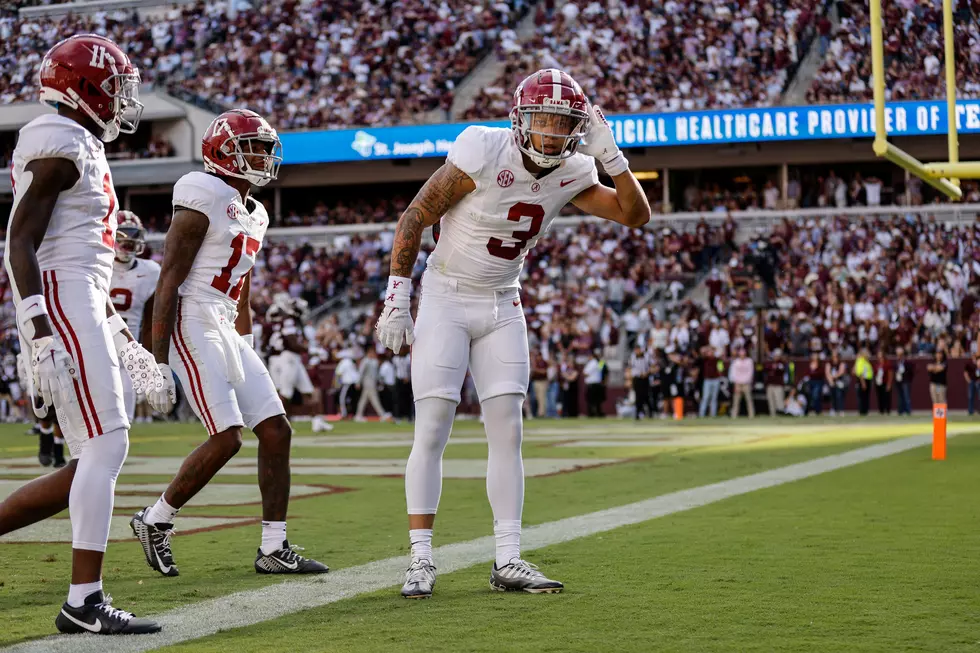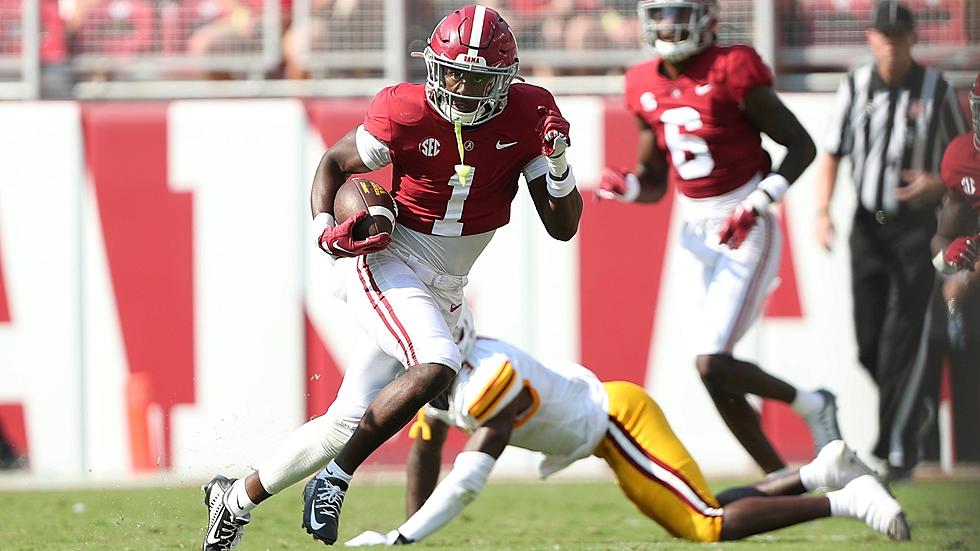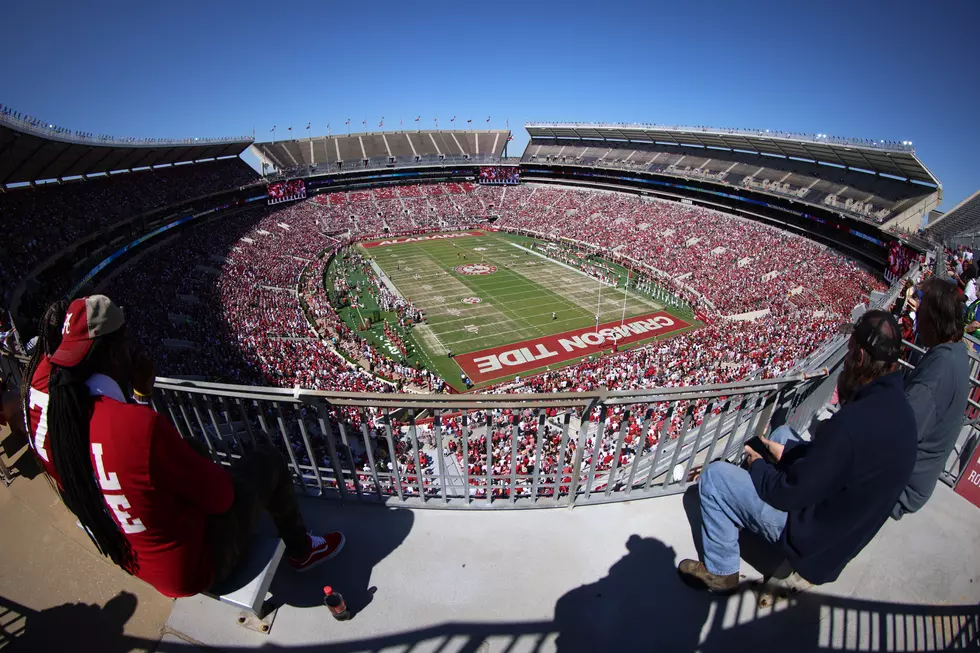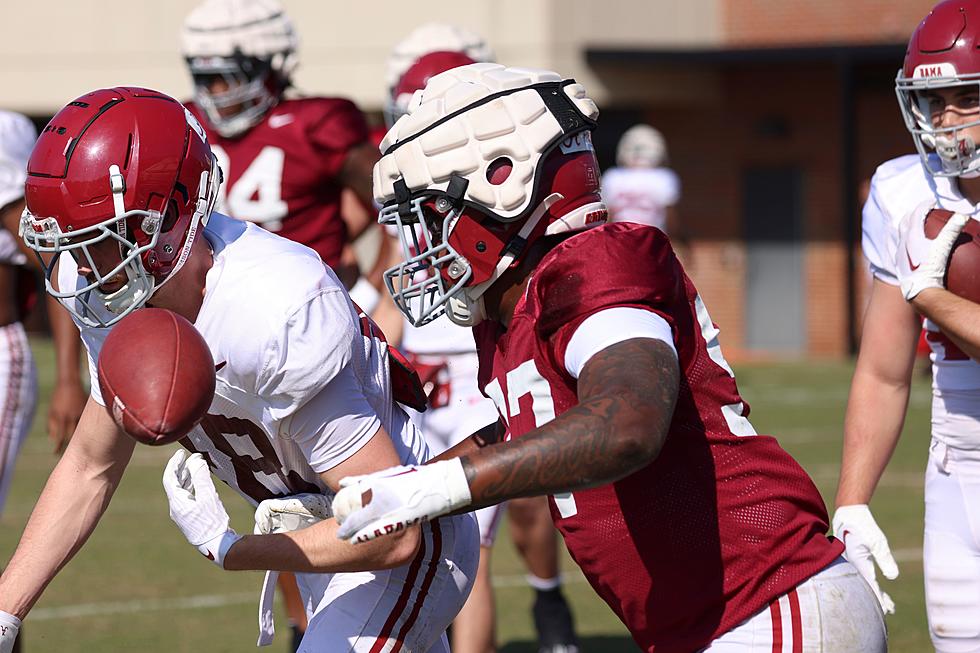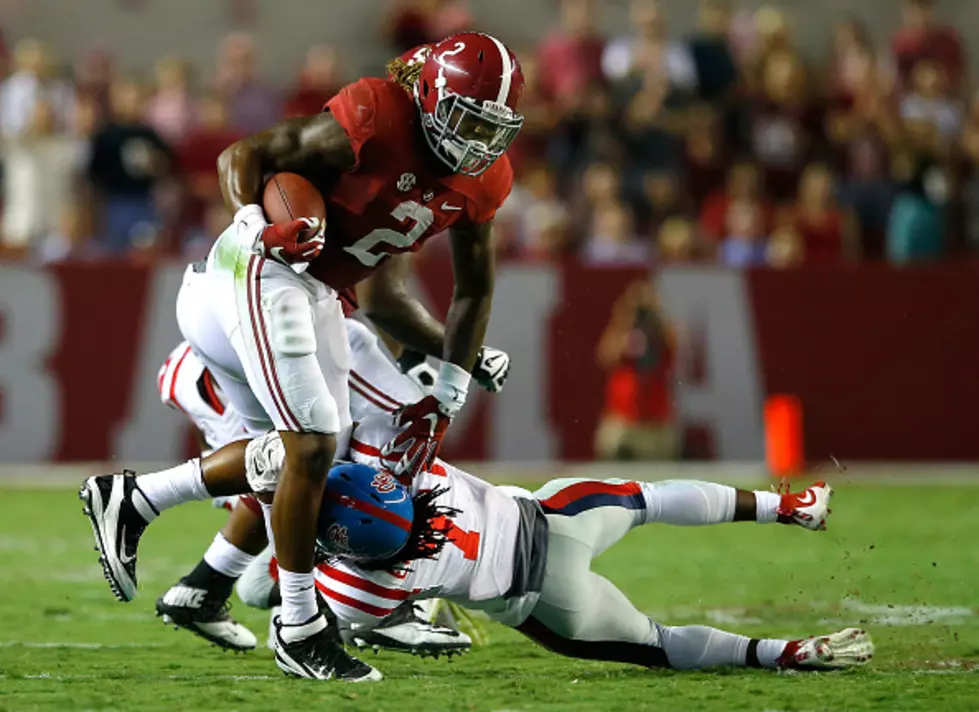
Should Alabama Have Run Derrick Henry More Against Ole Miss? By The Numbers
It's been a staple for Nick Saban's teams throughout his coaching career: be dominant in the run game, and ipso facto, dominate the game. He has one of the best running backs in the country in Derrick Henry on the roster, so should he and offensive coordinator Lane Kiffin have run Henry more on Saturday?
It only seems rational to think that if something isn't broke, don't fix it, and many would pair that saying up with Alabama's offensive situation. When a team has an athlete like Derrick Henry, you have to feed the beast, right?
Well, yes, for the most part. However, other factors must be considered, like the talent and ability of the defense. More specifically, the Ole Miss defense that Alabama faced Saturday night.
If you look at Henry's stats from that game, you'll find that on his 23 carries, he averaged 5.5 yards/carry with one touchdown. Pretty solid numbers for any running back on any given day.
But (there's always a "but") these numbers may be slightly deceiving.
I decided to take a look at the standard deviation of the set of data, or the average difference between each data point and the mean of the set of data. From the numbers that he produced, the standard deviation of that single game for Henry was approximately 6.73, meaning that the average difference between the mean value (5.5) and the other data points was plus or minus 6.73 yards. In other words, he was more boom or bust than he was consistently picking up 5.5 yards/carry.
However, there are two rushes that are outliers, or individual bits of information that skew the overall data set: you usually take out the outliers in order to get a more accurate depiction of the overall data set. One of them is the 31-yard run that Henry railed off during the 3rd quarter, and the other is his two-yard touchdown run in the 4th quarter, since he only had two yards to work with (meaning, in theory, he could have ran for a greater distance, but couldn't since the ball was on Ole Miss's two-yard line).
With that being the case, let's go ahead and take out the two outliers and analyze accordingly.
Keeping with the same set-up as we had previously, the mean of the set of data decreases dramatically, down over one full yard to 4.48 yards/carry, and the standard deviation fell to 3.94 yards. Simplified, that means that the average difference between each data point and the mean was plus or minus 3.94 yards from the 4.48 yards/carry number, a more consistent figure, but still not as consistent as one would want with a 4.48 average.
In short, Henry had a really good game, but it wasn't as good as the numbers indicate. His first five rushes yielded only 14 yards, and none of them exceeded five yards (along with eight more rushes throughout the game). That may have been a factor in Lane Kiffin's play-calling the rest of the game, as it seemed Ole Miss had the ability to stifle Alabama's rushing attack with Henry in the game.
I think the most condemning statistic in that game was Alabama's -5 turnover ratio, not the stubbornness of play-calling. Two of those turnovers came off special teams goofs. If only one of those two turnovers (or one of those five turnovers for that matter) hadn't happened and that one possession turned in a touchdown, Alabama could have won the game.
But hindsight is 20/20. Woulda/coulda/shoulda always seems like the correct approach after we know the result.


